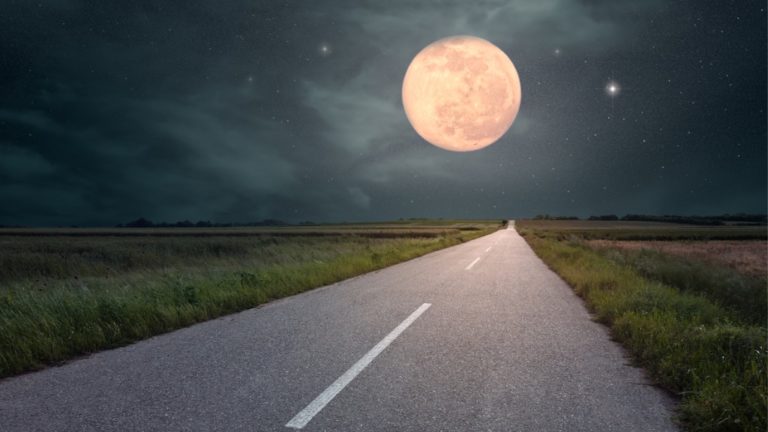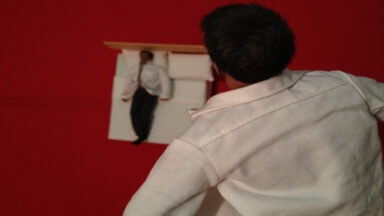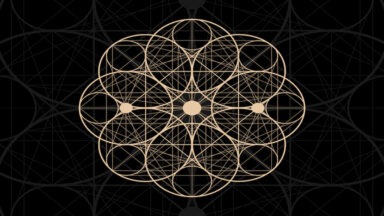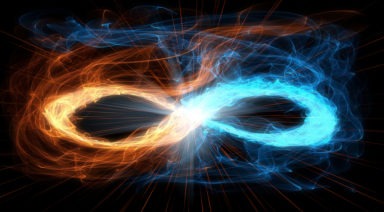Hollow Earth vs Flat Earth Theory; Where Does One Draw the Line?

In the conspiracy world, everyone has their own predilections. Conspiracies aren’t a one-size-fits-all kind of thing; a theory that sounds preposterous to one, might be absolutely convincing to the next person. And recently there have been two conspiracies spreading across the internet, both at odds with each other, but which have convinced many, much to the chagrin of those pesky “normies.” That’s right, we’re talking about the hollow earth vs. flat earth theory.
Whether you ascribe to one of these alternative geological machinations or think both of them are absurd, there is at the very least, some interesting history behind both theories, each with their own unique drama. Not to mention the meta psy-op conspiracies some have presented to explain both trains of thought.
Who will win in the battle for the Hollow Earth vs. Flat Earth? Read on and decide for yourself…
Who Started the Flat Earth Theory; What is the Flat Earth Theory?
Though it may seem as if it spontaneously popped up out of nowhere sometime in the early aughts, the Flat Earth conspiracy theory’s roots extend back centuries in various forms. And we’re not just talking about its debate in times of antiquity; flat Earth arguments began popping up millennia after Pythagoras proposed, and Aristotle later proved, the planet is indeed spherical.
One of the most famous Flat Earth arguments came after a man named Samuel Birley Rowbotham published a 16-page pamphlet that was later expanded into an 1865 book claiming the Earth was in fact flat. Rowbotham cited evidence in the form of biblical scripture, fudged mathematical formulae, and faulty experiments designed to support Young Earth Creationist religious dogma – you know, the bizarre theory that the Earth was created some 10,000 years ago and dinosaurs existed alongside humans?
And Rowbotham’s ideas were posthumously preserved by one of his disciples who went so far as to create the Universal Zetetic Society (Zetetic is an obscure Greek/Latin word meaning “proceeding by inquiry”) that flourished up until WWI with its recurrent publication The Earth Not a Globe Review. Then in the 1950s, it was rebranded with the name we’re all now familiar with, the Flat Earth Society, which has experienced fluctuations in adherence until its most recent peak revival.
In the mid to late 1800s, Rowbotham’s inaccurate claims about the Earth being flat caught the attention of likeminded anti-intellectuals who wanted literal proof of biblical events. One of those fanatics was a wealthy man named John Hampden, who, in cahoots with Rowbotham, published a challenge with a cash reward to anyone who could prove in an experiment that the Earth was not flat.
Their test centered on a misinformed observation of boats at the far end of a six-mile canal, which they said could be seen without distortion or disappearing. They said boats should not be visible from the far end of the canal due to the Earth’s curvature, and because one could see them, they had their flat Earth theory proof. The experiment went down in the annals of history as the Bedford Level Experiment.

The Bedford Level where the flat earth test was conducted
But a man name Alfred Russel Wallace took the bet, knowing he had a way of elucidating the fact that what they were observing was probably a Fata Morgana, or some similar mirage, that makes ships in the distance appear to be floating or seem on an equal plane as the observer.
Wallace was easily able to show the two the folly in their ways by placing poles topped with disks along the canal, claiming that a pole placed in the middle of the canal would appear taller than the one closest and the one furthest from them. And as it turns out it did because of the planet’s curvature.
Flat-earthers tend to present these types of confused observations or tests as evidence that supports their theory still to this day. And they can seem legitimate or convincing at face value, especially when one isn’t prepared to defend against such absurd claims without a refresher on physics learned in elementary school. But that’s ok, because you don’t have to waste your time arguing with them… the Earth is round.
The Hollow Earth Conspiracy Theory and Agartha
Depending on who you talk to, the Hollow Earth theory has a number of different takes and intensities of belief. Some claim it’s just as fantastic, if not more so than Flat Earth theory, but we’d argue it has slightly more credence.
The idea that the Earth could be hollow is often tied to Sir Edmond Halley, a colleague of Isaac Newton and mathematician who calculated the periodicity of the comet named after him. These credentials may be why everyone believed him when he proposed the idea that Earth consisted of several concentric shells, each with its own atmosphere and magnetic poles separating it from the next. Halley posited the idea that each of these shells had its own light source and was possibly inhabited by living beings. He also believed gas escaping from the poles on the planet’s exterior was the cause of the Aurora Borealis and similar phenomena.
Today, Hollow Earth theorists believe Halley’s postulations about a Hollow Earth and the potential existence of life inside. Some refer to this land as Agartha, while others say it is the legendary Shambhala. And it’s fabled stories like these, apparent across disparate cultures, that fuel the belief in an internal Earth society.
If one were to watch any of the number of YouTube videos on the Hollow Earth theory, they’d find attempted scientific arguments sandwiched by anecdotal stories of Admiral Byrd’s Antarctic expedition and lore from religious and archaic texts. Much of which is often quite convincing.
One of their interesting arguments comes from the observation of a rotating water droplet in space. In these droplets, one sees that air bubbles tend to gravitate toward the center of the droplet, condensing into a core. This, they suggest, shows how the distribution of matter is affected by rotation as a function of time. They say this supports the argument that the Earth, over billions of years spinning through space has caused the planet to expand like a balloon, creating a hollow crust, separate from the dense core. And it’s between these shells where they believe may potentially be life.
Is there any real foundation to these ideas? Sure, maybe it is possible the Earth has expanded and there are hollowed out areas between the highly brittle crust and the more solid layers of the mantle and the core. Just recently Hollow Earth theorists have pointed to seismic waves detecting mountain ranges bigger than the Rockies in the Earth’s mantle as evidence for their theory.
And the fact that we haven’t been able to drill down more than 40,000 ft. makes the Hollow Earth argument more convincing than Flat Earth theory. But with the exception of the tiniest, most robust microbes, this still doesn’t help the idea that there could be life down there – it’s way too hot and the pressure way too high for that. Or is it?

The Psy-Op Conspiracy
A recent study blamed the rise of believers in the Flat Earth on the conspiracy’s propagation through YouTube. Their study found that the video streaming platform’s algorithm, which is designed to suggest an unending queue of topically relevant content at the end of your video, encourages people to go down rabbit holes, convincing them that there’s actually significant evidence to support these absurd ideas. We probably could have told you that without conducting a study, but good for them.
An overarching and more convincing conspiracy surrounding Hollow Earth and Flat Earth fantasy is one that posits their existence to be part of a grander attempt to dumb down the populace through a subversive control of public discourse and popular narratives.
These seditions have been around for a while and are certainly proven to some extent. If one were to consider the narrative fed to students in many countries (especially those with histories of imperialism), the true history is often much different than the nationalistic, sugar-coated version taught in school.
Could these two bizarre ideas fall into this category? Hard to say, but it makes a whole lot more sense than the Flat Earth or Hollow Earth conspiracies themselves.
The 37th Parallel – A Line of Mystery and Significance

The 37th parallel is a circle of latitude that runs around the Earth at 37 degrees north or south of the equator. While it may seem like just another line on a map, the 37th parallel has gained an unusual reputation over the years.
Not only does it serve as a border between U.S. states, but it is also considered “America’s Paranormal Highway“—a hotspot for UFO sightings, cattle mutilations, and other unexplained phenomena. Additionally, the 37th parallel north plays a role in human health, geological activity, and historical significance.
This article explores the geographical location of the 37th parallel, its paranormal history, and other ways this latitude has left its mark on science and culture.




































